Is This as Good as It Gets? Two Reasons Why E-Learning Isn’t Better
January 12th, 2021
I see a lot of e-learning courses and to be honest many of them are not as good as they could be. They tend to be what we anticipate from corporate e-learning: screen after screen of content with lots of next buttons and then a final quiz. You have to work with what you have. Sometimes the training content isn’t good (like the leads from Mitch and Murray) and you can’t do much with it. But often, when it comes to the content, what could be interactive is static; and what could look engaging, looks discordant.
Why? Here are a couple of reasons why that’s the case with some recommendations to make improvements.
E-Learning Designers Lack Technical Skills
Good news: e-learning software makes it easy to build courses. Virtually anyone can build a course. However, the software doesn’t “build” the course. That requires some skill.
There’s a lot that goes into crafting a good course and it requires multiple disciplines. Instructional design is different than programming which is different than visual design which is even more different than specific software expertise with e-learning tools such as Storyline 360. However, many organizations buy the easy-to-use software and then place the burden on a single person to have a broad range of skills that could, in their own right, be separate career paths. That’s a big burden.
We’re not all graphic designers and UX experts, which explains some of the discordant aspects of the course. But we can learn the basics of the skills we need and that helps clean things up and lets us know when we’re outside our skillset.
Solution:
- Instructional design is not pushing content. It’s about teaching. Make the content relevant and frame it around real-world decision-making and you’ll create a better learning experience.
- Develop a solid foundation of basic skills needed to craft a good course: things like instructional & visual design, etc. You won’t become a pro in all things, but you’ll learn enough to know the difference and what to look for in your course design; and know when to bring on experts to do the things you can’t.
- Stay in your lane. For example, if you don’t have strong visual design skills, don’t try to be a visual designer. That’s when things start to look a bit clunky. In those cases, stick with a simple template or use form-based Rise 360 over Storyline 360 because you won’t have to make as many design decisions and the course will look good and work well.
Companies Don’t Invest in the Resources
Companies spend what they need to meet their business objectives. A lot of e-learning is compliance training where the only objective is to get the course in front of people and verified by the end of the year. In that world, it doesn’t make sense to spend more than you need in time and money to get courses developed and delivered. And that’s why so many e-learning courses aren’t interesting or engaging.
However, if you want to build good courses, you must commit to that and invest the right resources.
Solution:
- Determine what type of course you’re building to better allocate resources. Generally, courses are one of two types: explainer courses or performance-based courses. Don’t overbuild a course that has no expectations but a certificate of completion. Save your resources for performance-based courses with clear, measurable objectives. They tend to require more production which takes more time and money.
- Understand what resources you need. E-learning software is one thing. Building a good course with it is something different. Do you need a designer to help produce the core structure and some templates? Do you need a graphics person? Are you looking for some custom programming or a specific type of interactivity that requires advanced skills? Figure that out and plan on it.
- Create a budget to pay for what you need. Many organizations just buy the software and leave it at that. But it takes more than software to build effective e-learning. And like any useful product, it requires the right investment. Propose a budget for your courses.
There are a lot of other ways to improve e-learning courses. But making an investment in skills and resources is a good place to start.
Events
- Everyday. Check out the weekly training webinars to learn more about Rise, Storyline, and instructional design.
Free E-Learning Resources
 |
 |
 |
|
Want to learn more? Check out these articles and free resources in the community. |
Here’s a great job board for e-learning, instructional design, and training jobs |
Participate in the weekly e-learning challenges to sharpen your skills |
 |
 |
 |
|
Get your free PowerPoint templates and free graphics & stock images. |
Lots of cool e-learning examples to check out and find inspiration. |
Getting Started? This e-learning 101 series and the free e-books will help. |



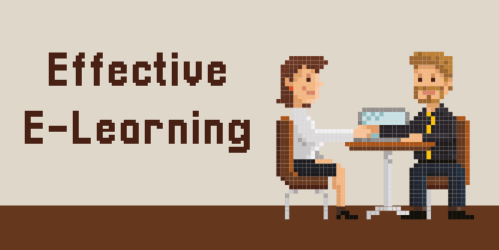



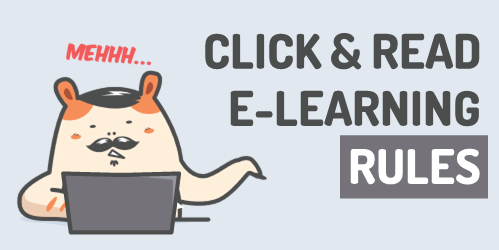
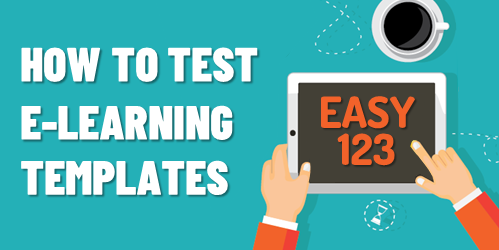

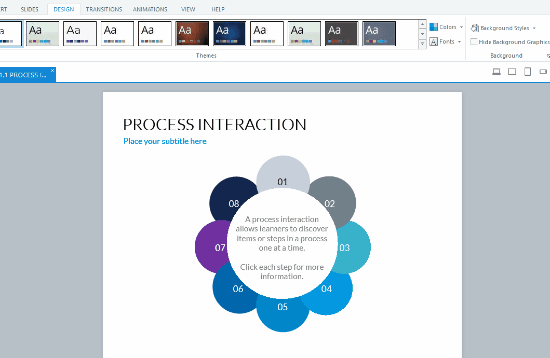



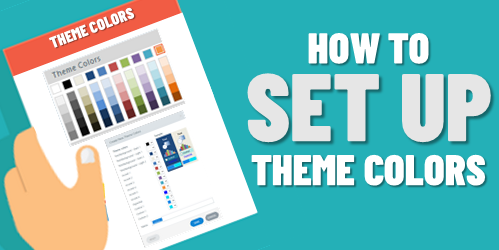
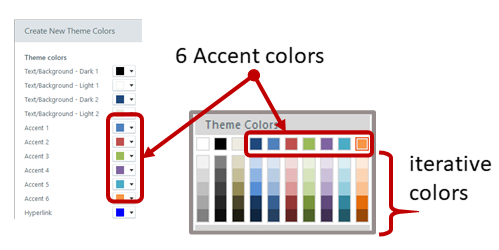
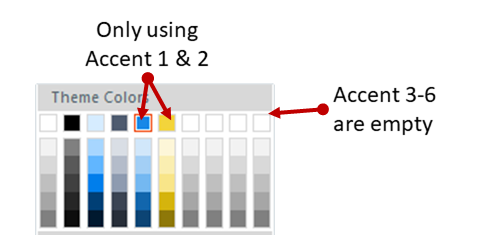

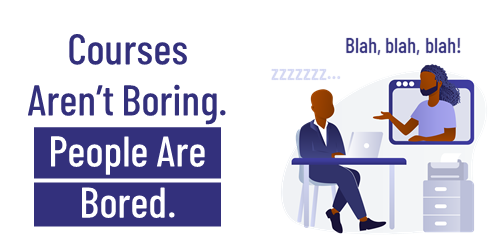

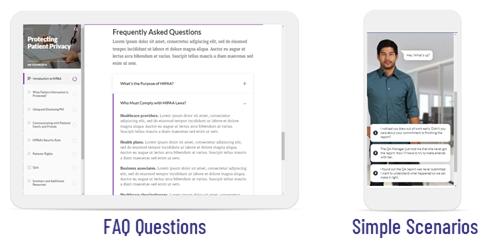
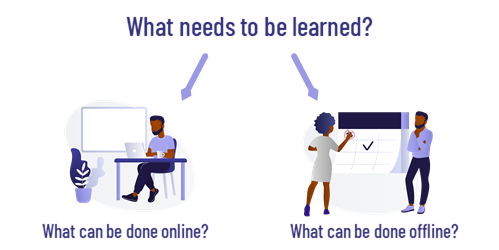




1
comment